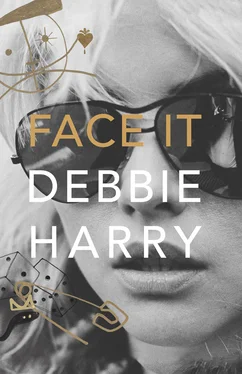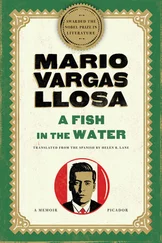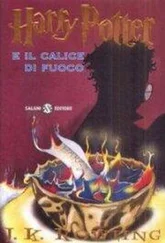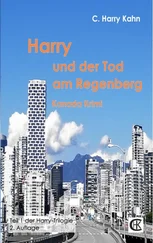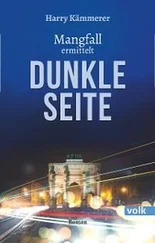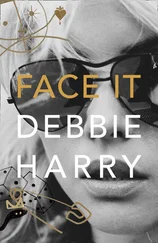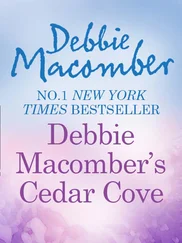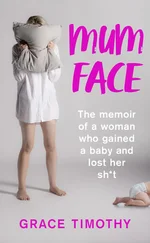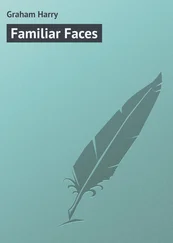Pretty early on—maybe 1975—Debbie found this person, Ethel Myers, who was a clairvoyant, a psychic. She’d likely come as a recommendation, but we might have simply found her through an ad in the Village Voice or Soho News . She worked out of an amazing ground-floor apartment that was on a side street uptown, right around the Beacon Theatre. Ethel’s environment was beautiful. It probably looked the same as it had when her building was built near the turn of the century. Her sitting area was an atrium that was like a greenhouse taken up with furniture. Decorative plants and herbs hung all around. Yellowing books about ectoplasm and tarot lay on dusty end tables. The whole place was well worn and reminded me of the apartment in Rosemary’s Baby when Mia Farrow and Cassavetes are first shown it.
We sat down with Ethel and she encouraged us to use a cassette machine we’d brought to record the session. She didn’t have any idea of who we were but proceeded to do a great cold reading. She told Debbie that she saw her on a stage and that Debbie would be fulfilled and travel a great deal. At one point she said that a man, presumably my father, was watching and that this man sarcastically said of me, “I wouldn’t touch him with a ten-foot pole.” I derive a lot of my sense of humor from my father—and the “ten-foot pole” bit was something he actually said all the time. Was she just in touch with the vernacular of the fifties that the old man used or was it more?
Debbie still has the cassette in her archives but I remember us listening to it years after and Ethel’s voice being very faint, as if it had somehow faded in the way of a ghost deteriorating over time.
Just now I called Debbie to ask what, if any, of this she remembered. She said, “You know, Chris, it was different back then, there was a lot more acid in the air.”
We still have a connection.
CHRIS STEIN
New York City, June 2018
Courtesy of Debbie Harry’s personal collection
1
Love Child
Childhood and family photos, courtesy of the Harry family
Sean Pryor
They must have met around 1930, in high school, I figure. Childhood sweethearts. She was a middle-class girl, Scots-Irish, and he was a farm boy, French, living somewhere around Neptune and Lakewood, New Jersey. Her family was musical. She and her sisters would play together, all day long. The sisters sang while she played on a battered old piano. His family was artistic too and musical as well. However, his mom was in a psych ward, for depression—or some kind of recurring nervous condition. Unseen, but a powerful presence. It sounds contrived to me but it is what I have been told by the adoption agency.
Her mom ruled that he was the wrong kind for her daughter. She nixed the relationship and their love was axed. To further kill any contact, they banished her to music school and from there, she supposedly began touring concert halls in Europe and North America.
Many years go by. He’s married now, with lots of children. He works at a fuel company, repairing oil burners. One day, he heads out on a service call and boom, there she is. She’s leaning against the door frame, hair down, and she’s looking at him with that look. It’s her heater that’s broken . . . Well, that’s quite a picture, isn’t it, but I feel certain they were happy to see each other.
All those years, maybe they never stopped loving each other. Well, it must have been a wonderful reunion. She gets pregnant. He finally tells her that he’s married with kids. She’s pissed and heartbroken and she ends it, but she wants to keep the baby. She bears it all the way and at Miami-Dade hospital on Sunday, July 1, 1945, little Angela Trimble forced her way into the world.
She and the baby made their way back to New Jersey, where her mother was dying of breast cancer. She nursed them both. But her mom persuaded her to put Angela up for adoption. And so, she did. She gave her Angela away. Six months later, her mother was dead and her baby daughter was living with a childless couple also from New Jersey. Richard and Cathy Harry, from Paterson, had met socially after high school. Angela’s new parents, also known as Caggie and Dick, gave her a new name: Deborah.
And that’s it. I am a love child.
They claim it’s unusual to have memories of your earliest moments, but I have tons. My first memory is at the three-month mark. Same day that my mother and father got me from the adoption agency. They decided on a little jaunt to celebrate at a small resort with a petting zoo. I remember being carried around and I have a very strong visual memory of gigantic creatures looming at me out of the pasture. I told my mother the recollection once and she was shocked. “My God, that was the day we got you, you can’t remember that.” It was just ducks and geese and a goat, she said, maybe a pony. But at three months, I didn’t have much to filter with. Well, I’d already lived with two different mothers, in two different houses, under two different names. Thinking about it now, I was probably in an extreme state of panic. The world was not a safe place and I should keep my eyes wide open.
For the first five years of my life we lived in a little house on Cedar Avenue in Hawthorne, New Jersey, by Goffle Brook Park. The park ran the whole length of the little town. When they’d cleared the land to build the park they built these temporary migrant worker houses—think two little railroad flats with no heating except for a potbelly stove. We had the migrant workers’ boss’s house, which by then had its own heating system and sat on the edge of the park’s big wooded area.
These days, kids are organized into activities. But I would be told, “Go out and play,” and I would go. I really didn’t have many playmates there, so some days I would play with my mind. I was a dreamy kind of kid. But I was also a tomboy. Dad hung a swing and a trapeze on the big maple tree in the yard and I’d play on them, pretending to be in the circus. Or I’d play with a few sticks, dig a hole, poke at an anthill, make something, or roller-skate.
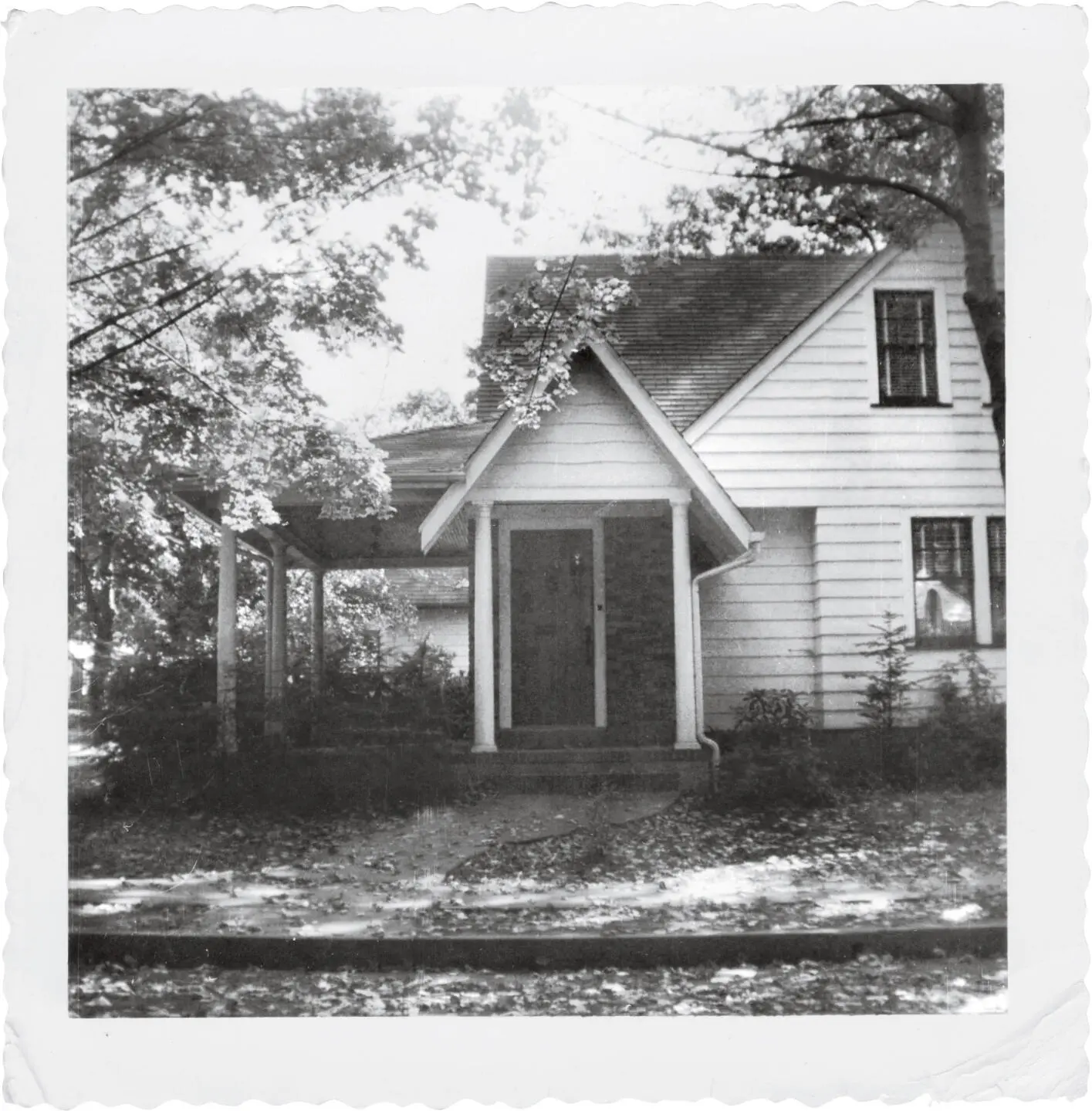
Oak place.
Childhood and family photos, courtesy of the Harry family
What I really liked most was to fool around in the woods. To me it was magical, a real-life enchanted forest. My parents were always warning, “Don’t go in the woods, you don’t know who’s in there or what might happen,” like they do in fairy tales. And fairy tales—all the great, terrifying stories by the Brothers Grimm—were a big part of my growing up.
I have to admit, there were some scary folk skulking around in those bushes, probably migrants. They were genuine hobos who rode through on the train and would hunker down in the woods. They’d maybe get some work from the parks department cutting grass or something, then jump back on the train and keep on going. There were foxes and raccoons, sometimes snakes, and a little stream with tributaries and frogs and toads.
Along the brooks where nobody went, the abandoned shacks had crumbled to their foundations. I used to clomp around there, in the swampy, old, overgrown, moldy piles of brick that stuck up out of the ground. I would sit there forever and daydream. I’d get that real creepy kid feeling that you get. Squatting on my haunches in the underbrush, I would have fantasies about running away with a wild Indian and eating sumac berries. My dad would wag his finger at me and say, “Stay out of the sumac, it’s poison,” and I would chew that incredibly bitter-sour sumac right up, thinking, dramatically, I’m going to die! I was so lucky to have all that kind of creepy kid stuff—a huge fantasy life that has led me to be a creative thinker—along with TV and sex offenders.
Читать дальше
